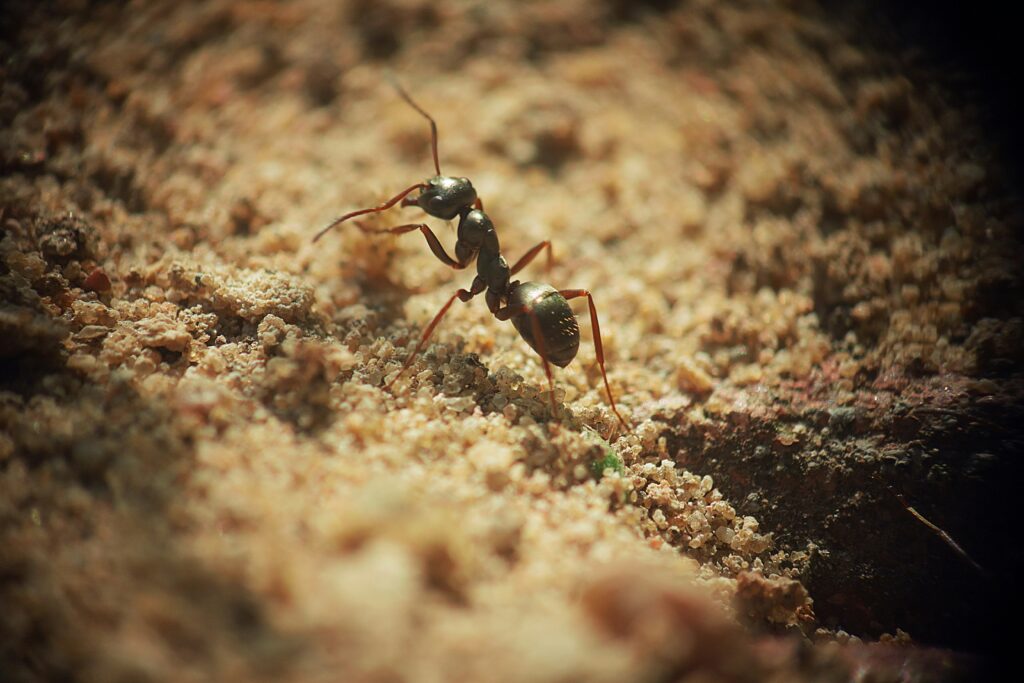In the intricate world beneath our feet, ants perform remarkable ecological services that often go unnoticed. These tiny creatures, numbering in the billions across the planet, serve as nature’s tillers, constantly reshaping, aerating, and enriching the soil that sustains plant life. While gardeners and farmers may sometimes view ants as pests, these industrious insects actually provide tremendous benefits to soil health and plant vitality through their daily activities. From creating complex tunnel networks that allow air and water to penetrate deeper into the earth, to transporting nutrients and organic matter throughout soil layers, ants function as miniature ecosystem engineers that can significantly enhance plant growth and garden productivity. This article explores the fascinating relationship between ants, soil quality, and plant health, revealing why these small insects deserve recognition as valuable allies in both natural ecosystems and cultivated landscapes.
The Underground Empire of Ants
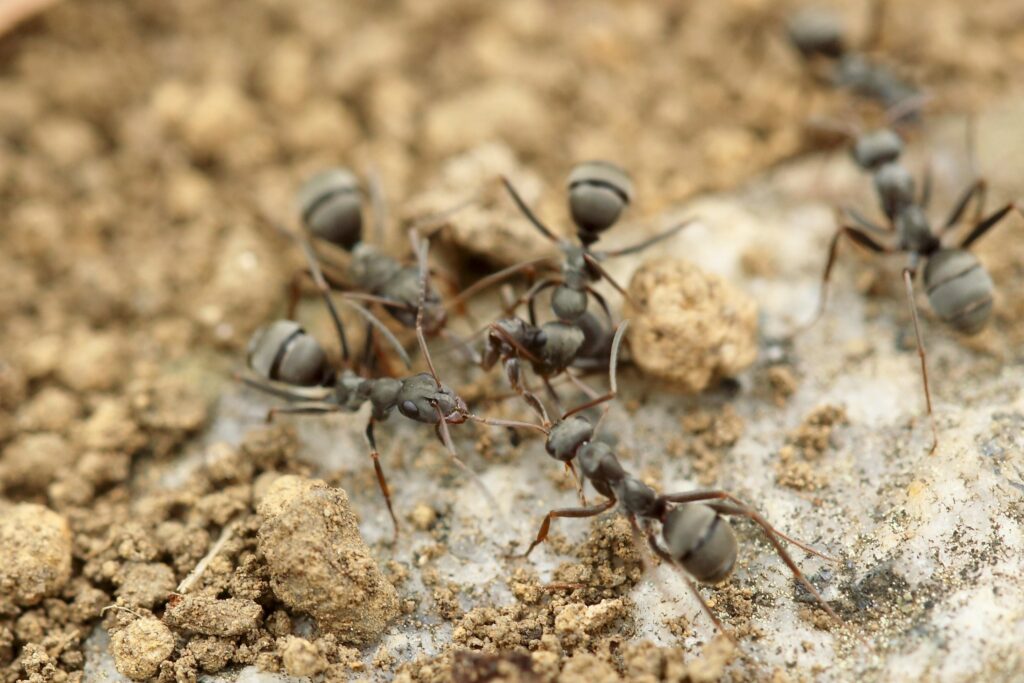
Ants create elaborate underground colonies that can extend several feet beneath the soil surface, with some species excavating networks that reach depths of up to eight feet. These subterranean architectures consist of numerous interconnected chambers and tunnels that serve various functions, from housing the queen and brood to storing food and managing waste. As ants excavate these structures, they move tremendous amounts of soil—scientists estimate that in some ecosystems, ants can move several tons of soil per acre annually. This extensive digging activity creates pathways for air, water, and roots to penetrate deeper into the soil profile, effectively transforming compacted earth into a more hospitable environment for plant growth. The scale of this earth-moving operation becomes even more impressive considering the size of the workers performing it, with each ant capable of carrying objects many times its own body weight.
Soil Aeration: Creating Pathways for Life

The tunneling activities of ants dramatically improve soil aeration, which is crucial for healthy plant development. As ants dig through compact soil, they create pores and channels that allow oxygen to reach deeper soil layers where plant roots and beneficial microorganisms reside. This increased oxygen availability enhances microbial activity, accelerating the breakdown of organic matter and the release of nutrients in forms that plants can readily absorb. Improved aeration also helps prevent waterlogging by providing drainage channels that allow excess water to move through the soil rather than pooling around roots. Research has shown that areas with healthy ant populations typically demonstrate superior soil structure with greater porosity, which directly correlates with improved plant growth rates and health indicators. The benefits of this natural aeration process are particularly noticeable in clay-heavy soils that tend to become compacted easily.
Nature’s Tillers: How Ants Mix Soil Layers

Ants function as nature’s tillers, constantly mixing different soil layers as they construct and maintain their colonies. This mixing process, known as bioturbation, brings deeper soil to the surface while simultaneously incorporating surface materials into deeper layers. When ants excavate tunnels, they often deposit the removed soil on the surface, creating small mounds that contain minerals from deeper soil horizons that might otherwise remain inaccessible to shallow-rooted plants. Conversely, as ants bring organic materials like leaves, twigs, and insect parts into their nests, they transport these nutrient-rich substances deeper into the soil profile. This bidirectional movement of materials creates a more homogeneous soil environment with a more even distribution of minerals, nutrients, and organic matter throughout different soil depths. Studies comparing soil profiles in areas with and without ant activity consistently show that ant-populated soils have more uniform nutrient distribution and better overall soil structure.
Nutrient Cycling and Enrichment
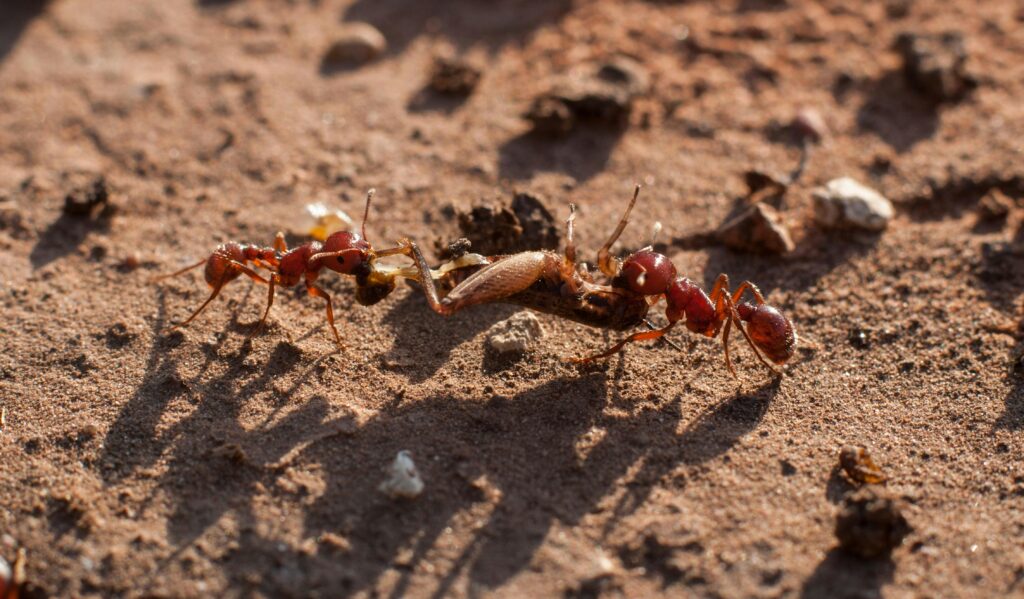
Ants significantly enhance nutrient cycling in soil ecosystems through several mechanisms that accelerate the breakdown and redistribution of organic materials. Many ant species actively collect plant matter, insect carcasses, and other organic debris, bringing these materials to specialized chambers within their nests where decomposition occurs at accelerated rates. These “refuse chambers” essentially function as miniature composting facilities, where microorganisms break down complex organic substances into simpler nutrients that can be utilized by plants. The nutrient-rich waste products created in these chambers gradually disperse throughout the surrounding soil, creating fertility hotspots. Additionally, ant excretions and the remains of deceased colony members further enrich the soil with nitrogen, phosphorus, and other essential plant nutrients. Research has documented significantly higher concentrations of available nutrients in soil samples collected from active ant nests compared to adjacent ant-free soil, demonstrating their substantial contribution to soil fertility.
Seed Dispersal: Planting the Future
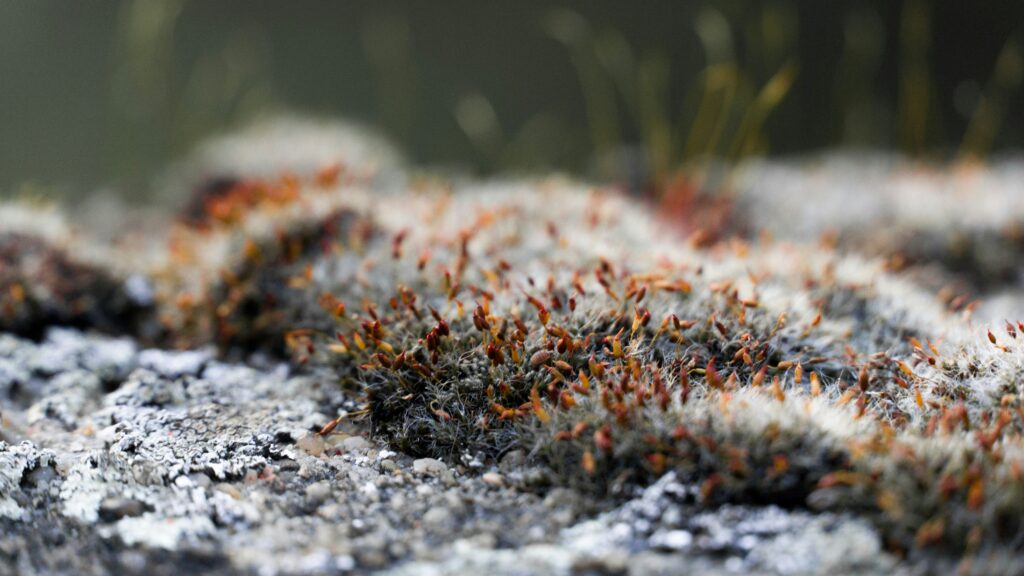
Many ant species play a crucial role in seed dispersal, a process known as myrmecochory, which directly influences plant distribution patterns and community structure. Certain plants have evolved seeds with specialized attachments called elaiosomes—lipid-rich structures that attract ants but are not part of the seed itself. Ants collect these seeds, carry them to their nests to consume the nutritious elaiosomes, and then typically discard the intact seeds in underground chambers or external waste piles. This behavior effectively plants seeds in nutrient-rich, protected environments that offer ideal germination conditions. The transportation of seeds away from parent plants reduces competition for resources and helps plants colonize new areas. Studies have shown that ant-dispersed seeds often have higher germination rates and seedling survival compared to seeds that remain in place, as they benefit from burial at appropriate depths and placement in enriched soil. In some forest ecosystems, up to 30-40% of herbaceous plant species rely on ants for seed dispersal, highlighting the ecological importance of this relationship.
Ant-Mediated Soil Chemistry Changes

Ants significantly alter soil chemistry through their metabolic activities and nest-building behaviors, creating unique microenvironments that can benefit plant growth. As ant colonies process organic matter and produce waste, they change the pH level of surrounding soil, often making it more neutral and suitable for a wider range of plants. The concentrated accumulation of carbon and nitrogen compounds in and around ant nests creates patches of enhanced fertility within the broader landscape. Many ant species also collect specific materials to line their nests, including mineral particles of certain sizes or clay types, which changes the physical and chemical composition of the soil in these areas. Researchers have documented changes in calcium, magnesium, potassium, and phosphorus levels in ant-modified soils, with these nutrients often present in more plant-available forms. These chemical modifications can persist long after a colony has moved or died out, creating lasting fertility islands that continue to benefit plant communities for years.
Water Infiltration and Soil Moisture Management
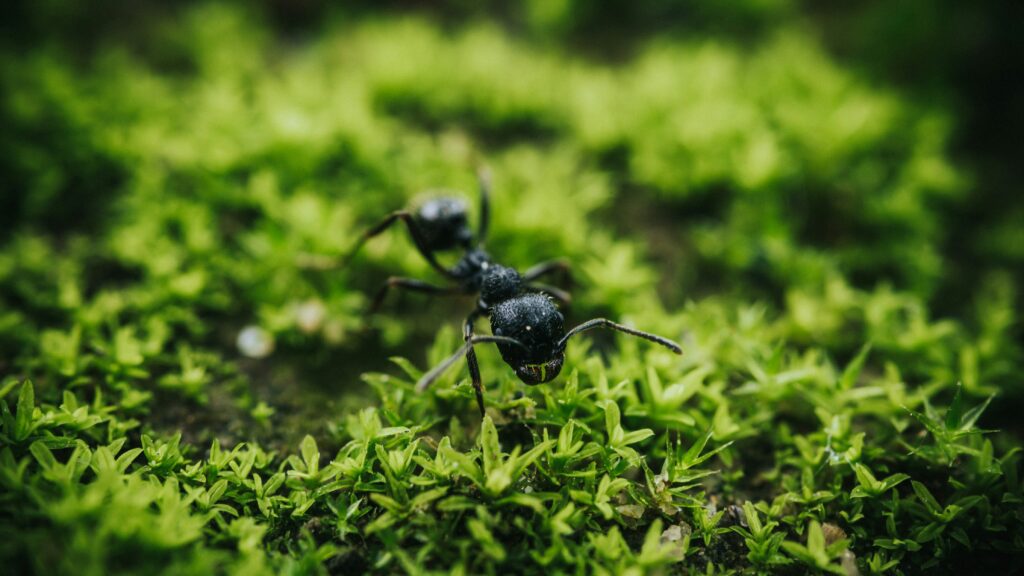
The intricate tunnel networks created by ants significantly improve water infiltration into soil, helping to reduce surface runoff and erosion while enhancing moisture retention at deeper levels. When rain falls on ant-populated soil, the numerous surface openings serve as entry points that allow water to penetrate quickly rather than flowing across the landscape. This improved infiltration is particularly beneficial during heavy rainfall events, when unmodified soils might become oversaturated or experience erosive runoff. The vertical tunnels created by ants also help redistribute moisture throughout different soil layers, allowing excess water to drain away from plant root zones during wet periods while facilitating capillary movement of moisture upward during drier times. Studies comparing infiltration rates between soils with and without ant activity have shown that ant-modified soils can absorb water up to 10 times faster than similar soils lacking ant tunnels. This enhanced water management capability makes ant-populated soils more resilient to both drought and flooding conditions, creating more stable environments for plant growth.
Ant Species and Their Varying Soil Impacts

Different ant species affect soil in distinct ways, with their ecological impact varying based on their colony size, nesting behavior, and foraging patterns. Carpenter ants (Camponotus spp.) create extensive galleries in decaying wood but also tunnel through soil, accelerating the decomposition of woody debris and incorporating these materials into the soil. Harvester ants (Pogonomyrmex spp.) build large, conspicuous nest mounds in arid regions, where they significantly alter soil texture and nutrient profiles while creating moisture-preserving microhabitats that benefit neighboring plants. Leaf-cutter ants (Atta spp.) in tropical regions transport massive amounts of plant material underground, creating some of the richest soil patches in their ecosystems through their fungus-farming activities. Fire ants (Solenopsis spp.), despite their problematic status in many regions, construct soil nests that can improve drainage in heavy clay soils. Each species engineers the soil in ways that reflect their evolutionary adaptations and ecological niches, with the collective impact of diverse ant communities providing complementary benefits to soil health and structure across different depths and dimensions.
Measuring the “Ant Effect” on Plant Growth
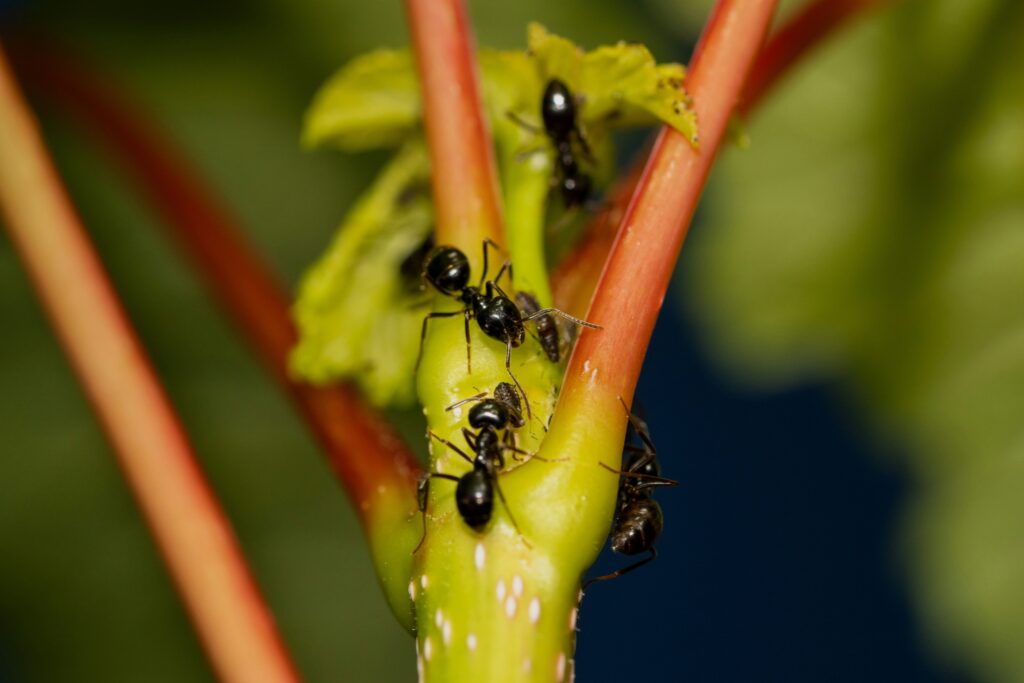
Scientific studies quantifying the impact of ants on plant productivity have demonstrated remarkable growth enhancements in vegetation growing in ant-modified soils. Controlled experiments comparing plants grown in soil collected from ant nests versus similar ant-free soil have documented increases in biomass production ranging from 15% to over 50%, depending on the plant species and ant type involved. These growth benefits typically manifest as taller plants, larger leaf area, increased stem diameter, and more extensive root systems. The enhanced growth appears to result from the combined effects of improved soil structure, better nutrient availability, and beneficial changes to soil microbial communities fostered by ant activity. Long-term field studies in both natural and agricultural settings have shown that exclusion of ants from test plots generally leads to decreased plant vigor and lower yields over time. These measurable differences highlight the practical significance of ants as natural soil improvers, suggesting that management practices should aim to preserve and potentially enhance ant populations rather than eliminate them.
Ants as Indicators of Soil Health
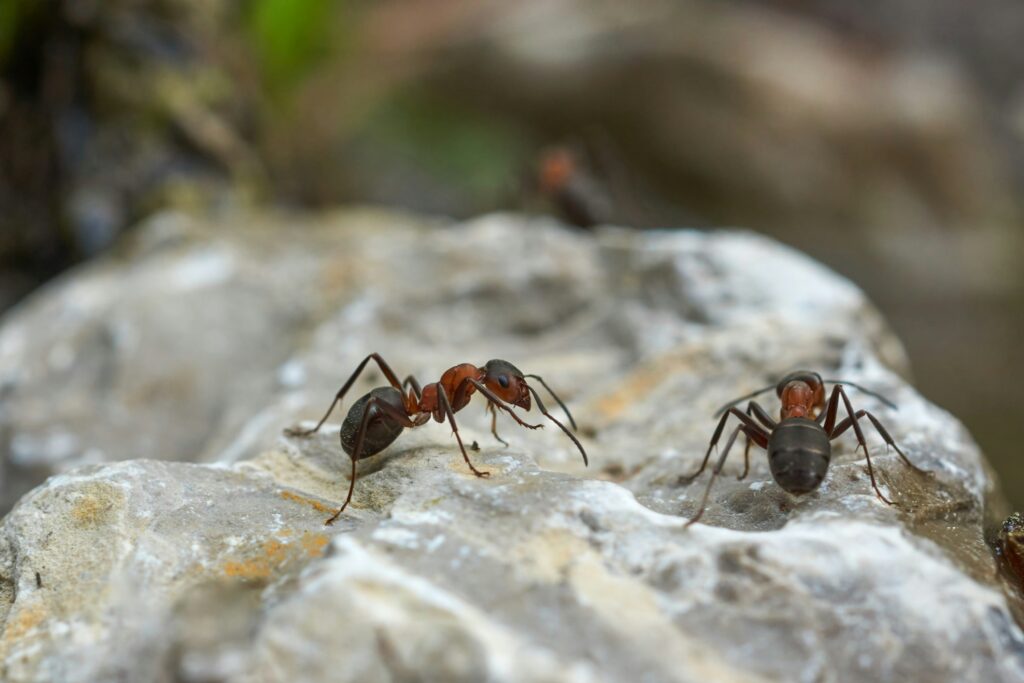
The diversity and abundance of ant species in a given area can serve as valuable bioindicators of overall soil health and ecosystem function. Healthy soils typically support complex ant communities with multiple species occupying different ecological niches, while degraded soils often show reduced ant diversity dominated by a few hardy species. Scientists and land managers increasingly use ant surveys as part of ecological assessments, as these insects respond quickly to changes in soil conditions and management practices. The presence of certain specialist ant species can indicate specific soil properties, such as particular pH ranges, moisture levels, or organic matter content. Conversely, the absence of previously documented ant species may signal soil degradation or contamination before other more visible symptoms appear. The relationship works both ways—not only do ants indicate soil conditions, but their activity actively contributes to soil recovery in disturbed environments, making them potentially valuable allies in ecological restoration efforts. Monitoring changes in ant communities over time can provide early warning of environmental stresses and help guide adaptive management strategies to maintain soil health.
The Delicate Balance: When Ants Become Problematic

Despite their many benefits to soil health, certain situations can arise where ant activities conflict with human interests, requiring thoughtful management approaches. Some introduced ant species like the red imported fire ant (Solenopsis invicta) can disrupt native ecosystems by outcompeting indigenous ant species, potentially reducing the diverse soil benefits that a varied ant community provides. In agricultural settings, certain ant species form mutualistic relationships with sap-feeding insects like aphids, sometimes protecting these plant pests from predators in exchange for the honeydew they produce. Ants building nests directly at the base of young plants can occasionally disturb roots or create excessive soil dryness in the immediate vicinity. However, these situations represent exceptions rather than the rule, and the negative impacts are often localized and temporary compared to the widespread soil benefits ants provide. When management becomes necessary, targeted approaches that address specific problem behaviors while preserving the beneficial soil-improving activities of ants are generally preferable to broad-spectrum elimination efforts. Understanding the ecological role of ants helps implement balanced approaches that maximize their soil benefits while minimizing potential conflicts.
Harnessing Ant Power in Gardens and Agriculture

Forward-thinking gardeners and farmers are increasingly finding ways to work with ants rather than against them, developing practices that leverage these insects’ soil-improving capabilities. Creating ant-friendly zones in less sensitive parts of gardens allows these natural soil engineers to improve overall soil structure while keeping them away from areas where they might cause problems. Some permaculture practitioners deliberately introduce beneficial native ant species to new garden beds to jumpstart soil improvement processes, particularly in compacted or poor-quality soils. In agricultural settings, maintaining field margins and undisturbed areas where ants can establish colonies helps ensure their beneficial spillover effects reach cultivated areas. Research into ant ecology is inspiring biomimetic approaches to soil management, with mechanical soil aeration tools designed to emulate the pattern and scale of ant tunneling. Reducing soil disturbance through no-till farming practices helps preserve ant colonies and their tunnel networks, maintaining the soil structure benefits they provide. As understanding of ant ecology grows, more sophisticated management approaches continue to emerge that work with these insects as partners in sustainable land stewardship.
Future Research Directions and Potential Applications
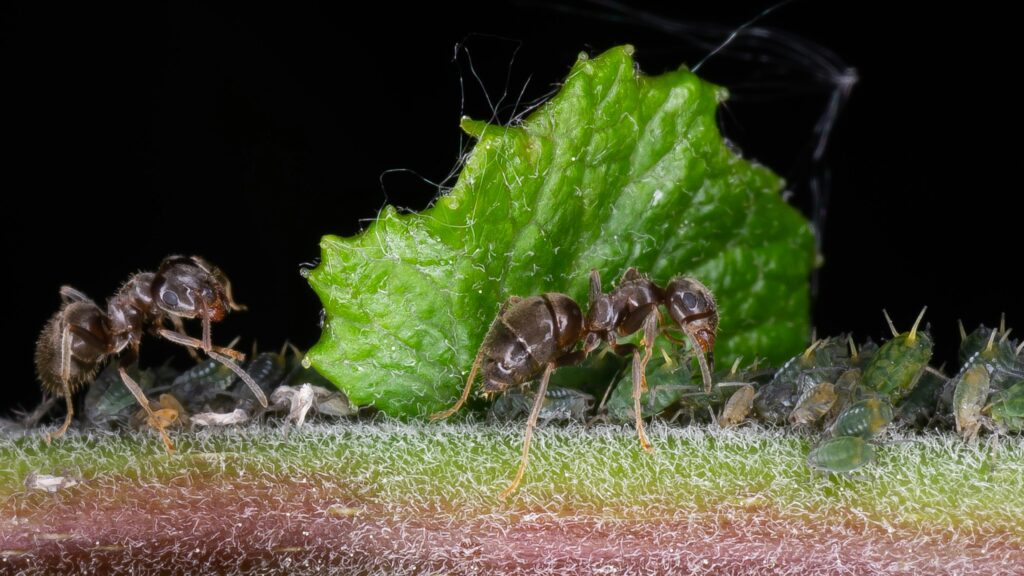
Scientific interest in the soil-improving capabilities of ants continues to expand, with several promising research directions emerging that could lead to practical applications. Researchers are investigating ways to selectively encourage beneficial ant species in agricultural settings, potentially through habitat modifications or the provision of specific resources that favor desired ant communities. The study of chemical compounds produced by ants and their associated microbes may yield insights into natural soil amendments that could improve plant growth or protect against pathogens. Genetic research examining how different plant species respond to ant-modified soils could lead to the development of crop varieties that more effectively capitalize on the soil improvements these insects provide. In ecological restoration of degraded lands, intentional introduction of appropriate native ant species is being explored as a potential strategy to accelerate soil recovery processes. Scientists are also developing more sophisticated models to quantify the economic value of the ecosystem services that ants provide through their soil engineering activities. As climate change intensifies pressure on agricultural systems, working with natural soil engineers like ants may become increasingly important for maintaining productivity while reducing dependence on energy-intensive mechanical soil management.
Conclusion
The humble ant, often overlooked or considered a nuisance, deserves recognition as one of nature’s most effective soil engineers. Through their tireless tunneling, mixing, and processing of organic materials, ants create soil conditions that foster robust plant growth while enhancing ecosystem resilience. Their activities improve soil structure, increase aeration, enhance water infiltration, accelerate nutrient cycling, and create microhabitats that benefit countless other organisms. While occasional conflicts with human activities may arise, the overall contribution of ants to soil health far outweighs these isolated issues. As we face growing challenges in maintaining soil productivity and ecosystem health, these tiny insects offer valuable lessons in sustainable soil management. By appreciating and working with ants rather than against them, gardeners, farmers, and land managers can harness the power of these natural allies to build healthier soils and more productive landscapes for the future.

